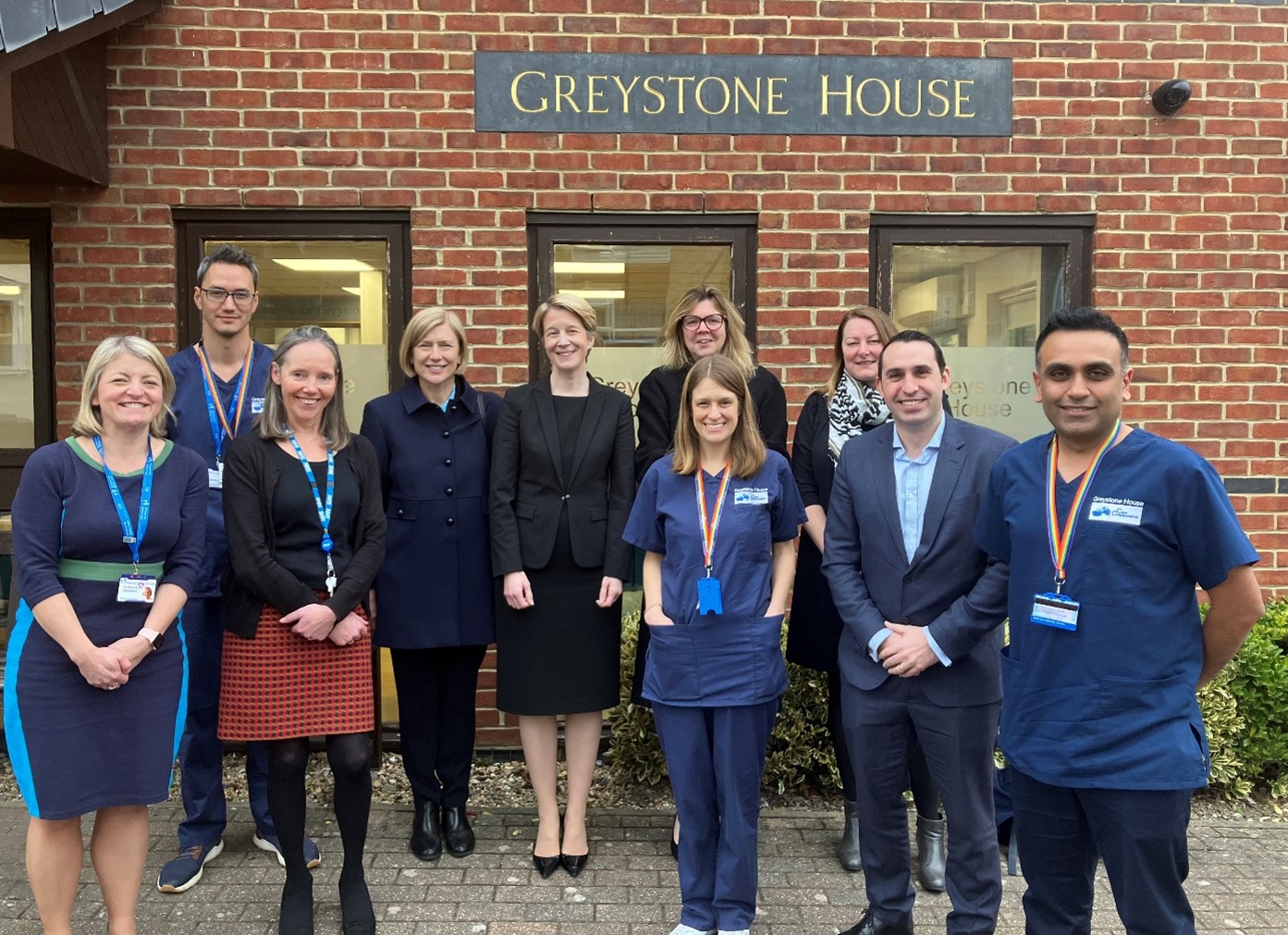Difficulties in getting through to primary care services via telephone are a widely reported problem across the country. The NHS England South East Region Primary Care Transformation Team commissioned Redmoor Health to support Primary Care Networks (PCNs) and GP practices in their region to optimise the use of their chosen telephony systems, for the benefit of the regional patient population. The PCNs and GP practices were all at different stages in their journey, with some having had products in place for a long time, compared to others who were only just getting set up.
Greystone House Surgery is a single site practice in Redhill, Surrey that was a part of this work.

